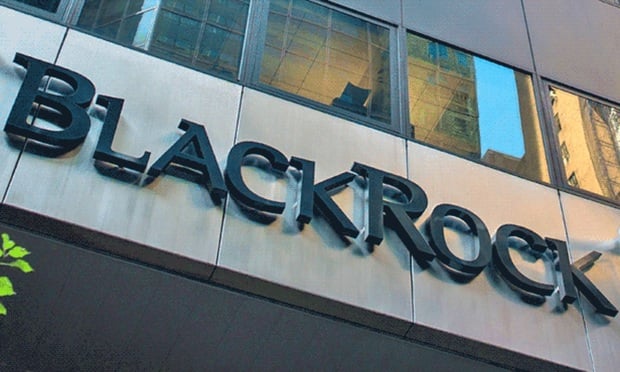 More employees are keeping all their money in a TDF, Fidelity says — especially millennials, at 70 percent compared with 52 percent overall. (Photo: Shutterstock)
More employees are keeping all their money in a TDF, Fidelity says — especially millennials, at 70 percent compared with 52 percent overall. (Photo: Shutterstock)
As of the end of the first quarter of 2018, the average retirement account balance for workers saving in both a Fidelity IRA and a Fidelity workplace retirement account, such as a 401(k) or 403(b), is up by 9 percent from the end of the first quarter of 2017.
That's according to Fidelity Investments' quarterly analysis of retirement savings trends and behaviors, including account balances, contributions, savings behavior and details on workplace savings plan design, the firm says.
Recommended For You
That average balance now stands at $299,600, up substantially from the average balance of $275,700 at the end of Q1 2017.
But while balances in individual 401(k), 403(b) and IRA accounts are up year over year on average, that doesn't mean it's all been an upward climb. In fact, they dropped slightly from Q4 2017:
- The average 401(k) balance lost about a percent from Q4 2017, falling to $102,900, although that does mark an 8 percent increase from Q1 2017.
- The average IRA balance also lost about a percent from the previous quarter to $105,100, while showing an 8 percent increase YOY.
- The average 403(b) account was $82,100, down slightly from Q4 2017 but up 9 percent YOY.
Interestingly, IRA account averages are consistently higher than either 401(k) balances or 403(b) balances (the lowest of the three), with a single exception. According to the average balances cited for the following quarters, IRAs uniformly topped the list:
- Q1 2018 (IRA: $105,100; 401(k): $102,900; 403(b): $82,100)
- Q4 2017 (IRA: $106,000; 401(k): $104,300; 403(b): $83,200)
- Q1 2017 (IRA: $97,800; 401(k): $95,500; 403(b): $75,200)
Only in Q1 of 2013 were IRAs slightly behind (IRA: $80,500; 401(k): $81,200; 403(b): $61,700).
However, 401(k) contribution rates are on the rise, with the total savings rate (including not just employee contributions but also employer matches) hitting a record high of 13.2 percent at the end of Q1. That's up from 13.0 percent in Q4 2017.
The percentage of 401(k) savers increasing their contributions over the last 12 months is an impressive 30 percent, with millennials taking the lead as 36 percent of them did so.
And while IRA contributions are also up, the increase in the number of people contributing is more impressive than the increase in the contributions themselves. In Q1, the average contribution was $3,180, a 3 percent increase YOY over last year's $3,100. But the percentage of contributors is up 14 percent YOY. And again, millennials are out in front, with the percentage increasing their contributions up by 27 percent and the amount of the contributions themselves rising by 34 percent YOY.
Ten-year 401(k) account balances hit record levels, the report reveals, with a record high average account balance of $290,100 at the end of Q1; a year ago it was an average of $250,500. Fifteen-year balances are also up 9 percent, with average balances in Q1 of $379,600, compared with Q1 2017 balances of $330,200.
And then there are the 401(k) millionaires (401(k) balances of $1 million or more), with their numbers increasing to 157,000 at the end of Q1. That's up 45 percent YOY. According to Fidelity analysis, most of those lucky souls have been socking it away for about 30 years.
Roths are on the rise, especially among millennials, and Fidelity's Roth for Kids is way up, with a 78 percent increase in the number of accounts with contributions. And increasingly employers are turning to workplace managed accounts for employees; they're now offered by more than 5,300 employers, more than double the percentage doing so five years ago.
And finally, target-date funds are now being offered by 98 percent of employers and 89 percent of them using TDFs as default investment options. Unsurprisingly, more employees are keeping all their money in a TDF—once again, especially millennials, at 70 percent compared with 52 percent overall.
© Touchpoint Markets, All Rights Reserved. Request academic re-use from www.copyright.com. All other uses, submit a request to [email protected]. For more inforrmation visit Asset & Logo Licensing.






